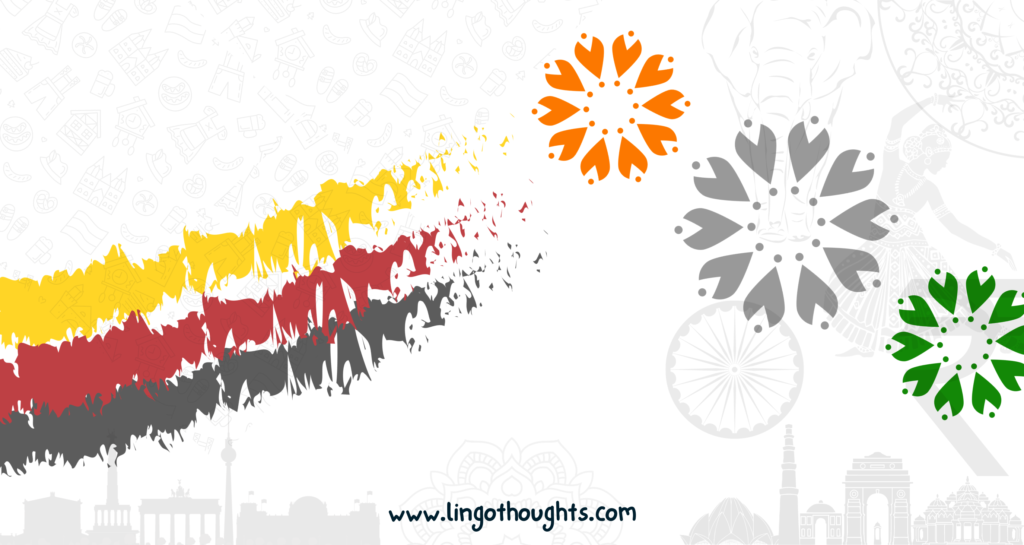German Beers in Pune
[cmsmasters_row][cmsmasters_column data_width=”1/1″][cmsmasters_text]
What’s so special about German Beers, with over 1300 Breweries, worlds Biggest fest, where “Daru Bahegi” is an understatement, the Oktoberfest and a law to govern Beer, this question is rather redundant.
German Beer Purity Law
The law states, German Beers will Barely contain – Barley, Water & Hops. It was first applied in Bavaria, and then adopted across Germany.
Different Types of German Beers
Pilsner
Originating from city of Pilsner Urquell Brewery in Czech Republic, the German Beers are modeled on its Czech Cousin, with Herbal and Spicy Hop Bitterness brewed from Barley Malt using local hops..
Becks, Bitburger, Krombacher, Warsteiner are famous German Brands.
Helles
A Light German Style Lager, with sweeter and fresher taste. Its Bavarian version of Lager that was originated in Munich. It is less Bitter and a bit Dry.
Our favourite is Augustiner Lagerbier Hell, most of our friends like Tegernseer Hell
Other famous Munich Breweries that provide Helles Beers at Oktoberfest are Paulaner, Löwenbräu, Spaten, Hacker-Pschorr.
Rauchbier
Why not Smoke it up!
This Beer is made with Smoked Malt, that is made by drying it over an open flame, and comes from the region of Bamberg. This Technique gives Beers a rich Smoky flavor, an amber to dark color.
Weissbier (Wheat Beer)
Call it “Roti” & you will have it everywhere in India.
The Bavarians love it, the glasses are beautiful & the beer is served in a very crafty way. The malt is made of barley and wheat. Famous Brands are, Maisel, Hofbräuhaus, Augustiner, Weihenstephaner
The Weissbier has three different varieties,
Kristallweizen – clear color, filtered
Hefeweizen – cloudy, yellow
Dunkelweizen – roasted and dark
In Pune, you can try out Kimaya Hefeweizen, It is a Traditional German Wheat Beer brewed in accordance with German Purity Law
You can also try Kimaya Dunkelweizen
Radler or Alsterwasser
Hate Beers? Why don’t you try a Radler first?
That is exactly some of us start to integrate in the Beer culture of Germany, this is not a separate Beer, but a mix of Lemonade & a Lager. It contains less alcohol and is more refreshing
On a similar note, there is something called as Diesel, Coke mixed with Beer! Who would’ve thought?
Do you want us to list more Beers? Just let us know in the comment section!
German Breweries of Oktoberfest
Augustiner – Munich’s Oldest
Hofbräu – Did you miss the Hofbräufaus?
Hacker-Pschorr – The Tent’s are Great
Löwenbräu – The Lion’s Beer
Paulaner – Bayern Munich Sponsor
Spaten – What the “Muenchener Hell”
[/cmsmasters_text][/cmsmasters_column][/cmsmasters_row]


